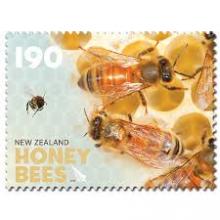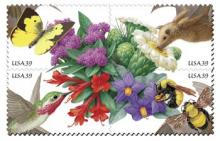Our children's legacy - biodiversity - is at perilous risk from pernicious poisons!
Since 2009 I've been writing about the plight of beleaguered honeybees due to toxic chemicals; over five billion pounds of insecticides -- one third of them are lethal neonicotiniods (neonics) thrust into our biosphere each year. Neonics are a neuro-active insecticide fashioned after nicotine, neonics poison nerves and prevent acetylcholine from enabling neurons to communicate with each other and muscle tissue. In humans, this substance would trigger Parkinson's and Alzheimer's diseases. My colleague Dr Henk Tennekes reported the deadly effects of neonics on both soil organisms and their 'knock-on-effects' causing starvation to meadow birds and their predators Goshawks as well as contaminating waterways for many years thereafter across Western Europe. It seems that his thorough research was blatantly disregarded elsewhere around the globe by feckless government regulatory bodies. An intrepid Dr Christy Morrissey of the University of Saskatchewan set out to investigate just how wide spread the effects of neonics were across the prairies of Western Canada. Eighty to 90 percent of the wetlands she studied were contaminated with these odious poisons, which remain in toxic concentrations within the waterways for years. She too found 'knock-on-effects' in soils extending up the food chain, which reduced populations of many animals. Earthlings are knowingly annihilating the exquisite tapestry of life or Earth's biodiversity.










